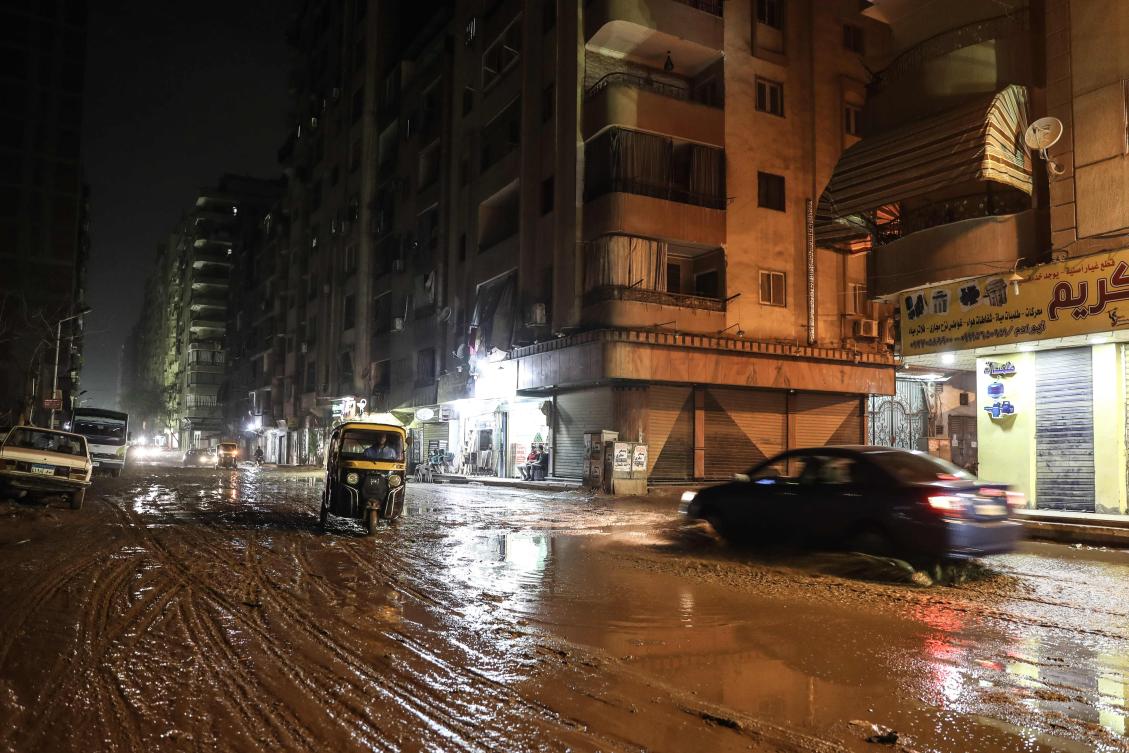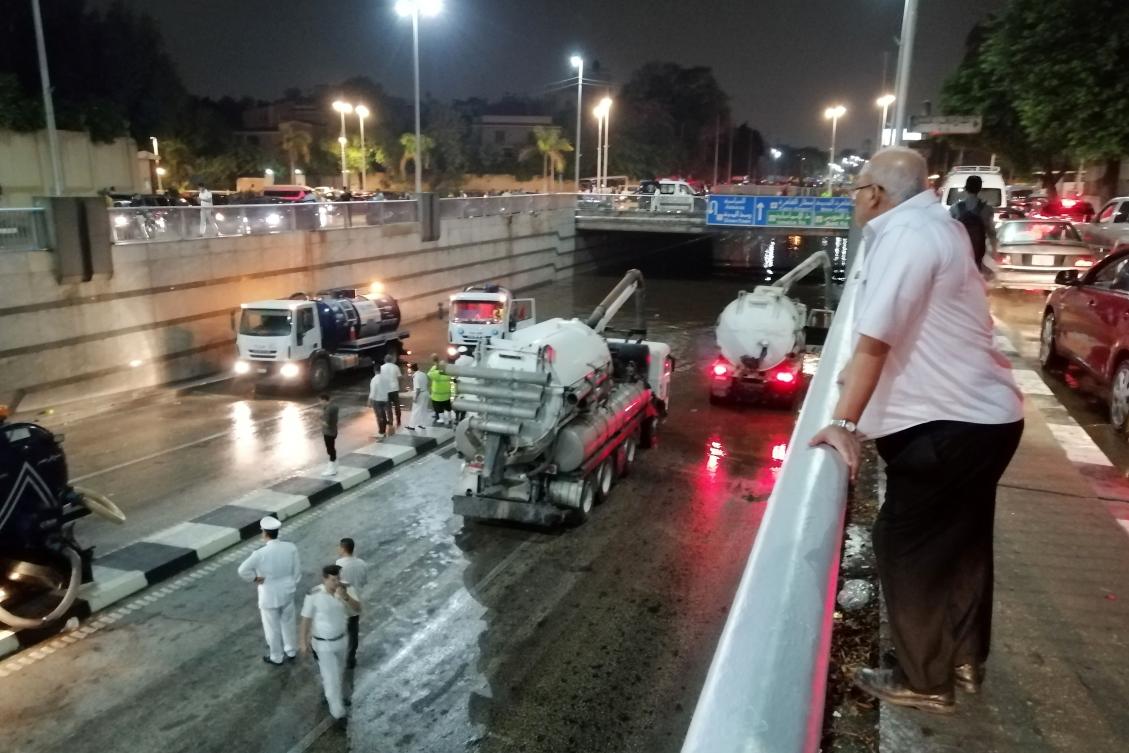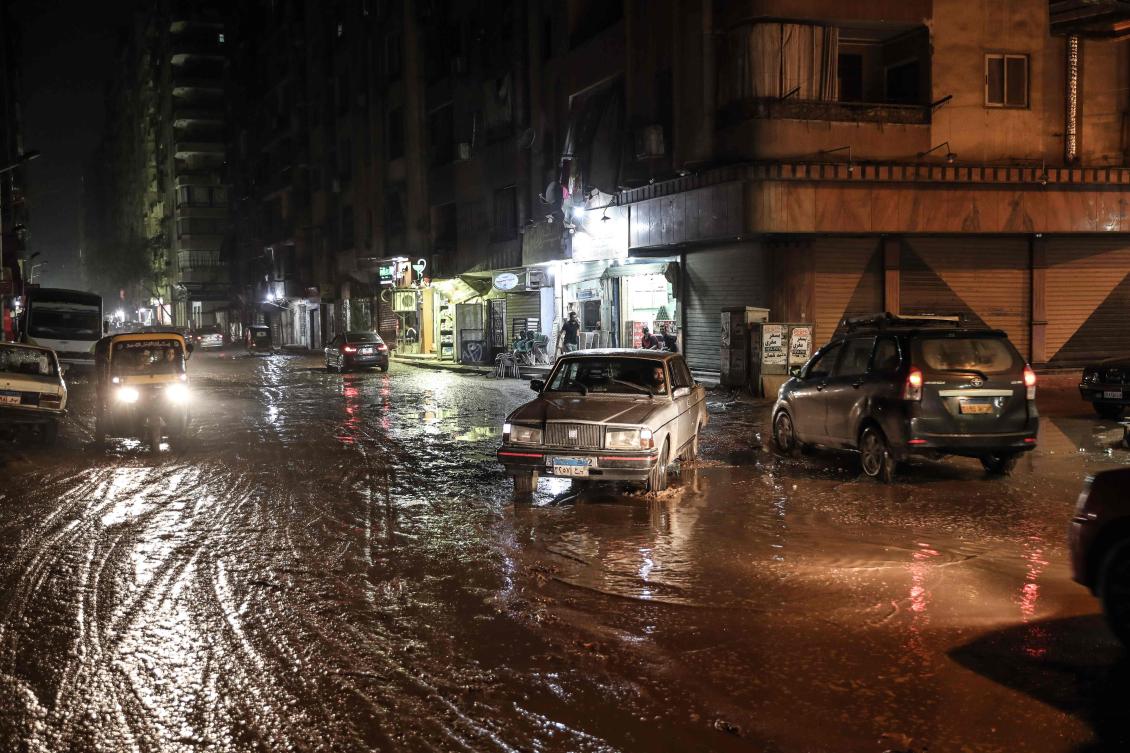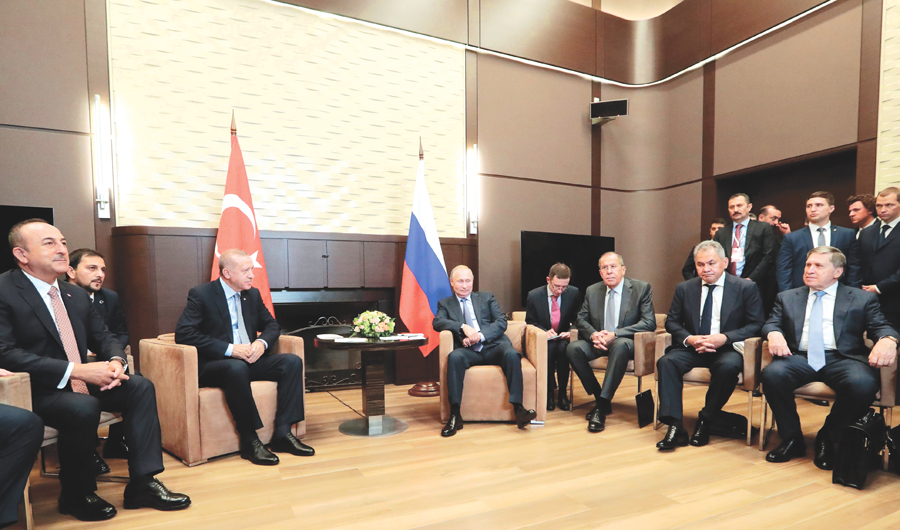Revealed: How Iran led brutal suppression of Baghdad protests
BAGHDAD: The toll of dead and injured in protests this month in Iraq was so high because security services used “excessive force” and live ammunition without official authority, a damning report on the demonstrations has concluded.
At least 150 were killed and more than 7,000 injured in six days of protests in Baghdad and eight Shiite-dominated southern provinces against corruption, unemployment and non-functioning public services.
Prime Minister Adel Abdul Mahdi set up a committee 10 days ago to investigate the high casualty rate and identify who was responsible. Its report, disclosed to Arab News on Wednesday, says the security forces’ response was excessive, “which led to an increase in the number of victims.”
The investigation found that authorities gave no official orders for security forces to fire live ammunition, but the report recommends that 45 senior military commanders and officers be dismissed for “losing command and control over their forces,” and that others be referred to the courts “for involvement in firing against demonstrators.”
Nevertheless, the investigative committee’s report was condemned on Wednesday as a whitewash because it scapecoats military officers who are not viewed as loyal to Iran, and it does not name the two men who actually directed the suppression of the protests. They are Gen. Qasem Soleimani, the powerful Iranian military leader who commands the Quds Force of the Islamic Revolutionary Guard Corps; and Abu Mahdi Al-Muhandis, deputy head of the Popular Mobilization Commission (PMC) of Iran-backed armed factions.
“The report is a farce, and worthless,” a prominent Shiite adviser told Arab News. “Any report that does not reveal the identity of the snipers who killed the demonstrators in cold blood, does not mention those who gave explicit orders to kill, and ignores the names of the real killers, has no value.”
Another critic said the report was flawed for “deliberately omitting to mention many facts, and presenting a number of police commanders and officers who are not pro-Iran as a scapegoat to cover up those who are actually responsible for the massacre.”
Iraqi security officials have told Arab News how the operation to police the protests was hijacked by Iranian operatives — initially by Al-Muhandis, an Iraqi-born Iranian citizen who is wanted by the US and other countries for his involvement in the bombing of the US and French embassies in Kuwait in 1984, and later by Soleimani himself.
Before the protests began, Prime Minister Abdul Mahdi formed a special “crisis unit” of senior government ministers, military leaders and security chiefs. Its aim was “to manage the demonstrations, secure Baghdad, secure government headquarters and diplomatic missions, and prepare for the worst-case scenario — the overthrow of the Shiite-led regime,” sources told Arab News.
However, the unit, which met at the federal police headquarters in Baghdad throughout the protests, was subordinate to the orders of Al-Muhandis. “He was the one who led the operation throughout the days of demonstrations, and he was the one who drafted the Baghdad security plan,” a senior national security official told Arab News.
“For the first two days, he worked with Hamed Abdallahi, commander of the Quds Force special operations unit,”the official said. “On the third day, Qasem Soleimani arrived to take the lead himself.
“Abdul Mahdi did not attend all the meetings, but he visited from time to time to see the latest developments.”
Al-Muhandis is widely viewed as Iran’s most powerful operative in Iraq, and the man to whom most of the Iranian-backed armed factions owe total loyalty. He enjoys the absolute confidence of Soleimani, to the extent that the Quds Force commander stays at Al-Muhandis’s home when he is in Iraq.
The plan proposed by Al-Muhandis for controlling the protests was similar to the plan for securing Damascus for Bashar Assad when it was threatened by the Syrian opposition. It required dividing Baghdad into up to 19 sectors, separated by roadblocks preventing movement from one to another, with troops in each sector reinforced by snipers “to prevent the arrival of protesters … and to spread terror among them,” three sources familiar with the plan told Arab News. He also ordered attacks on the studios of TV news channels to try to prevent footage of the protests being broadcast, along with a campaign to arrest journalists and activists.
“Al-Muhandis did not explicitly say, ‘Kill the protesters.’ I did not hear him at least, but he clearly said that you should treat the demonstrators as warriors,” a military commander who attended several meetings of the crisis unit told Arab News.
“How would any security or military commander understand this? How would he translate it? Of course, by shooting live ammunition and resorting to lethal force.”
Soleimani — referred to as “the general” by Iraqi security commanders and “Hajj” by pro-Iranian politicians — arrived at Baghdad International Airport on the third day of the protests. He was accompanied by a group of up to 30 Iranian and Lebanese “advisers,” all young men dressed in black — T-shirt, pants, sneakers and a black sports hat — and carrying backpacks. There was no insignia on their clothing to indicate who they were working with.
The group arrived on three separate flights and were taken from the airport in vehicles belonging to the PMC.
“Soleimani came to protect Abdel Mahdi, who represents the regime for him,” a prominent Shiite government adviser close to the prime minister told Arab News. “He said it frankly, he protected Bashar Assad in Syria for 10 years and will protect Abdul Mahdi to the end, even if it costs him his life.”
The deadly suppression of the protests, and the political crisis in their aftermath, has revealed the full extent of the control exercised by Iran and its operatives over Abdul Mahdi and his senior staff, security officials, government advisers and politicians told Arab News.
The brutality of the crackdown in Baghdad, and the Iraqi government’s denial that it deployed snipers or ordered the deliberate killing of protesters, have raised questions about who has the power and the ability to take to the street in full view of the security authorities and carry out executions.
Forensic medical examinations indicate that most of the dead suffered direct head and chest injuries, confirming reports by witnesses and video evidence obtained by Arab News of executions, shots fired by masked gunmen in black uniforms, snipers in tall buildings overlooking the demonstrations and protesters being chased into alleyways, where they were shot in the head from a distance of less than a meter.
Grand Ayatollah Sayyed Ali Al-Sistani, the leader of the world’s Shiite community and the most influential man in Iraq, has expressed dissatisfaction with Abdul Mahdi’s performance. He has condemned excessive violence against the protesters, demanded the identification of their killers, and “is not convinced by the results of the investigation and does not accept them,” according to a source in Najaf, the ayatollah’s power center.
Al-Sistani’s displeasure suggests that the prime minister will not stay in office for long, and that a decision had been made to remove him.
“It’s done,” a close source to the ayatollah told Arab News. “Abdul Mahdi will not be able to provide any satisfactory solutions, and even if he did, it is too late.
“There will inevitably be chaos, and the talk in Najaf now is about how to contain it. Removing Abdul Mahdi is not the real solution, but it will reduce the damage.”

Iran-backed militias deployed snipers during Iraq protestsIran says US blame over Iraq protests ‘astonishing’







